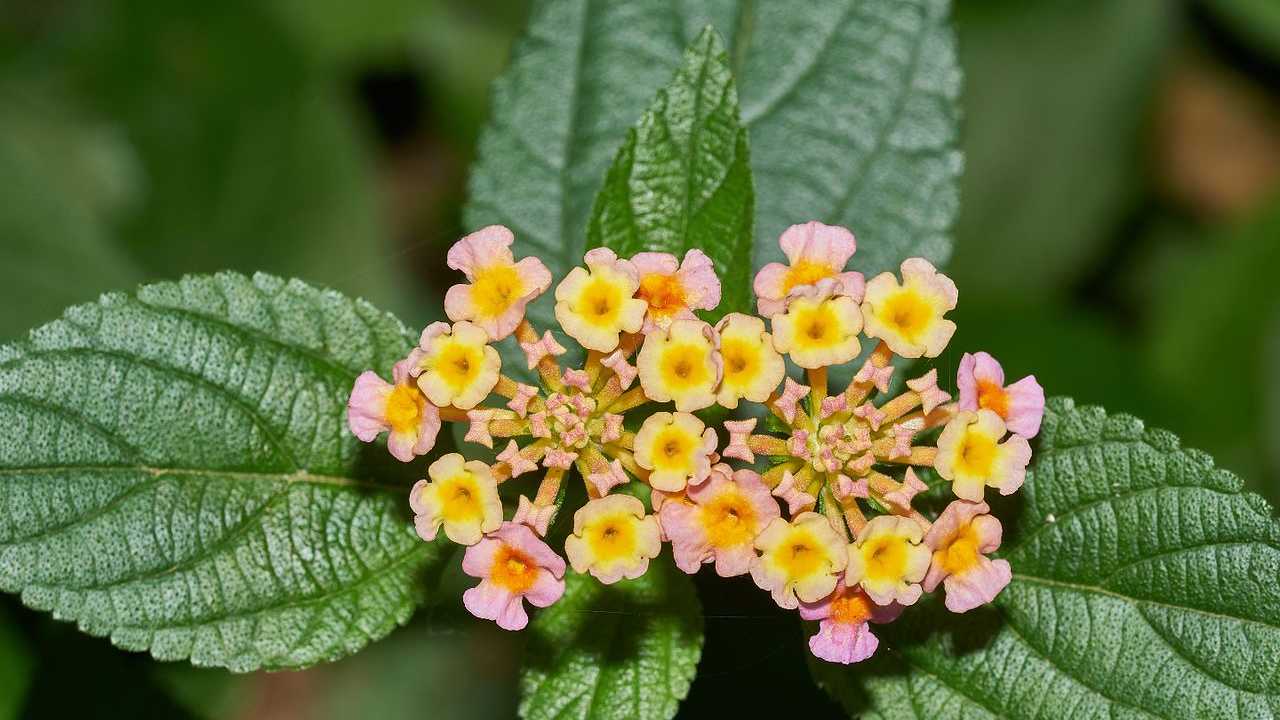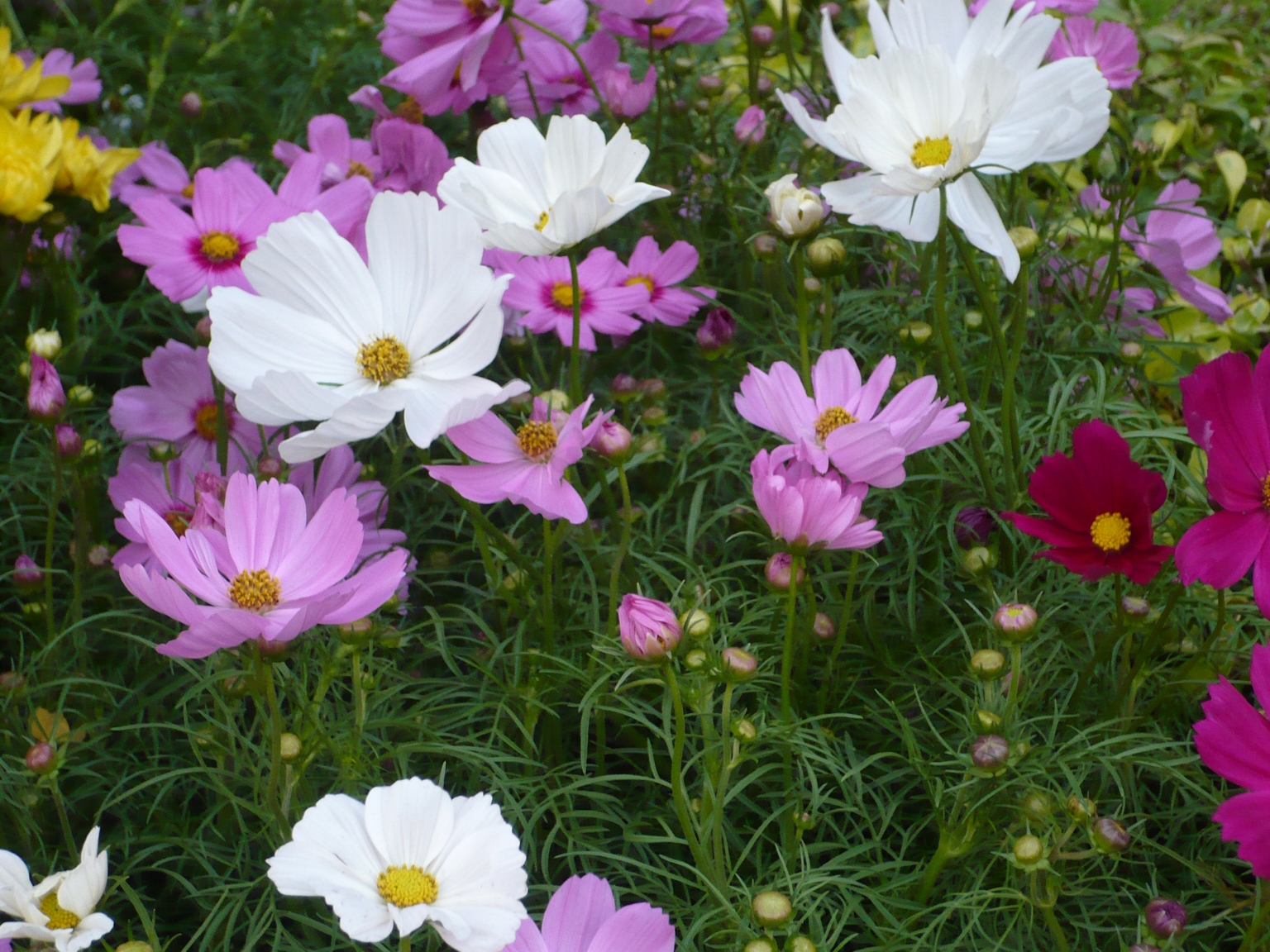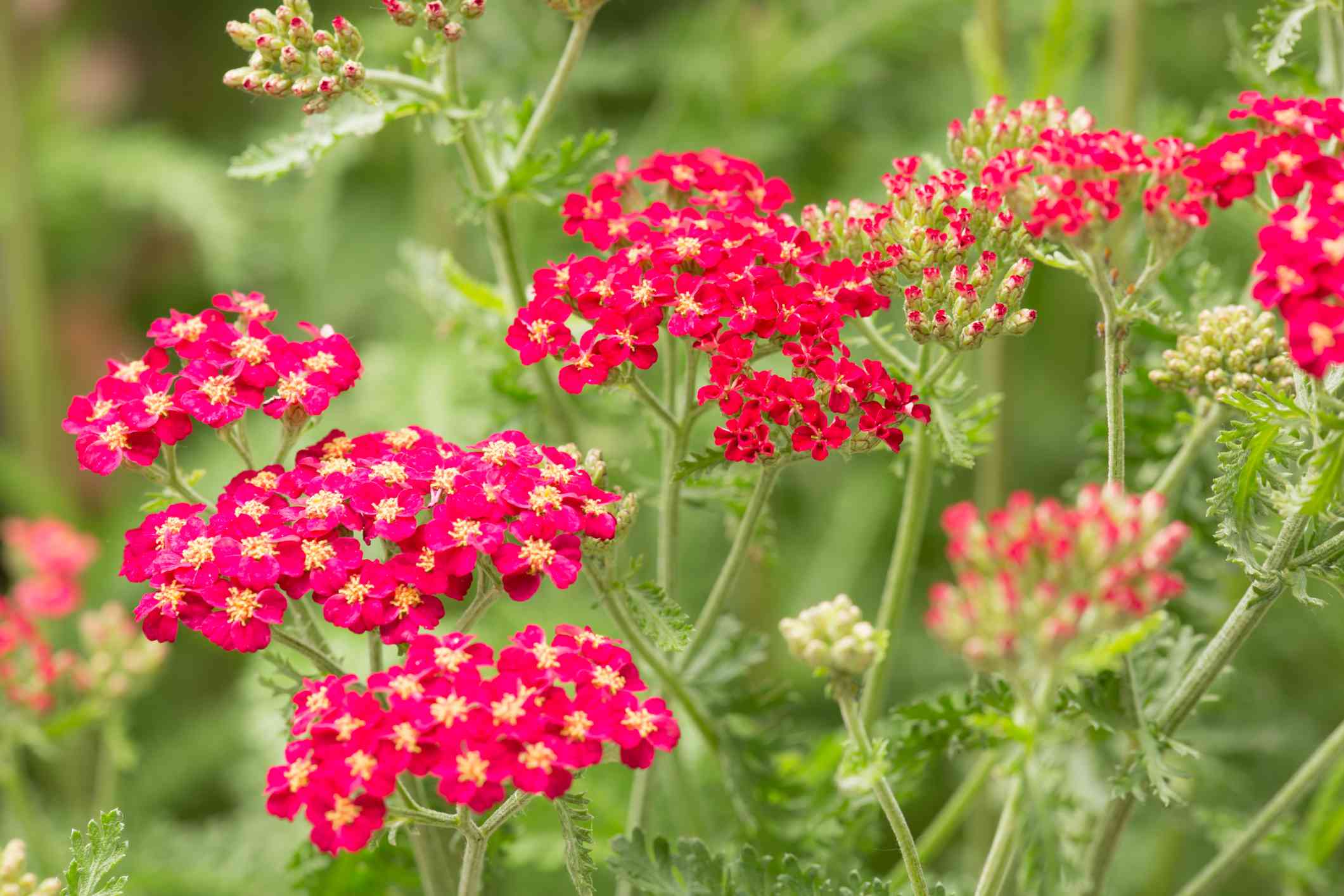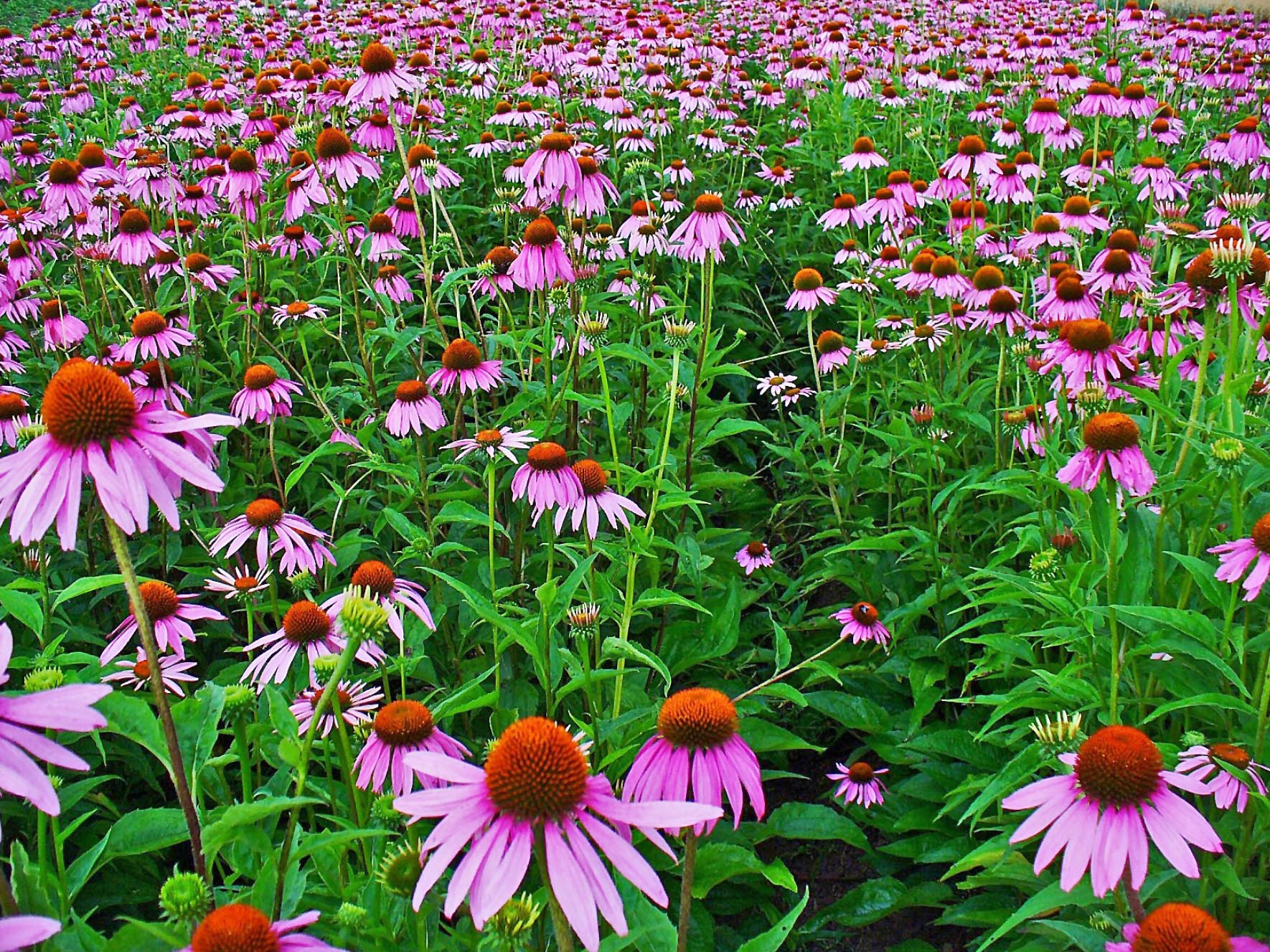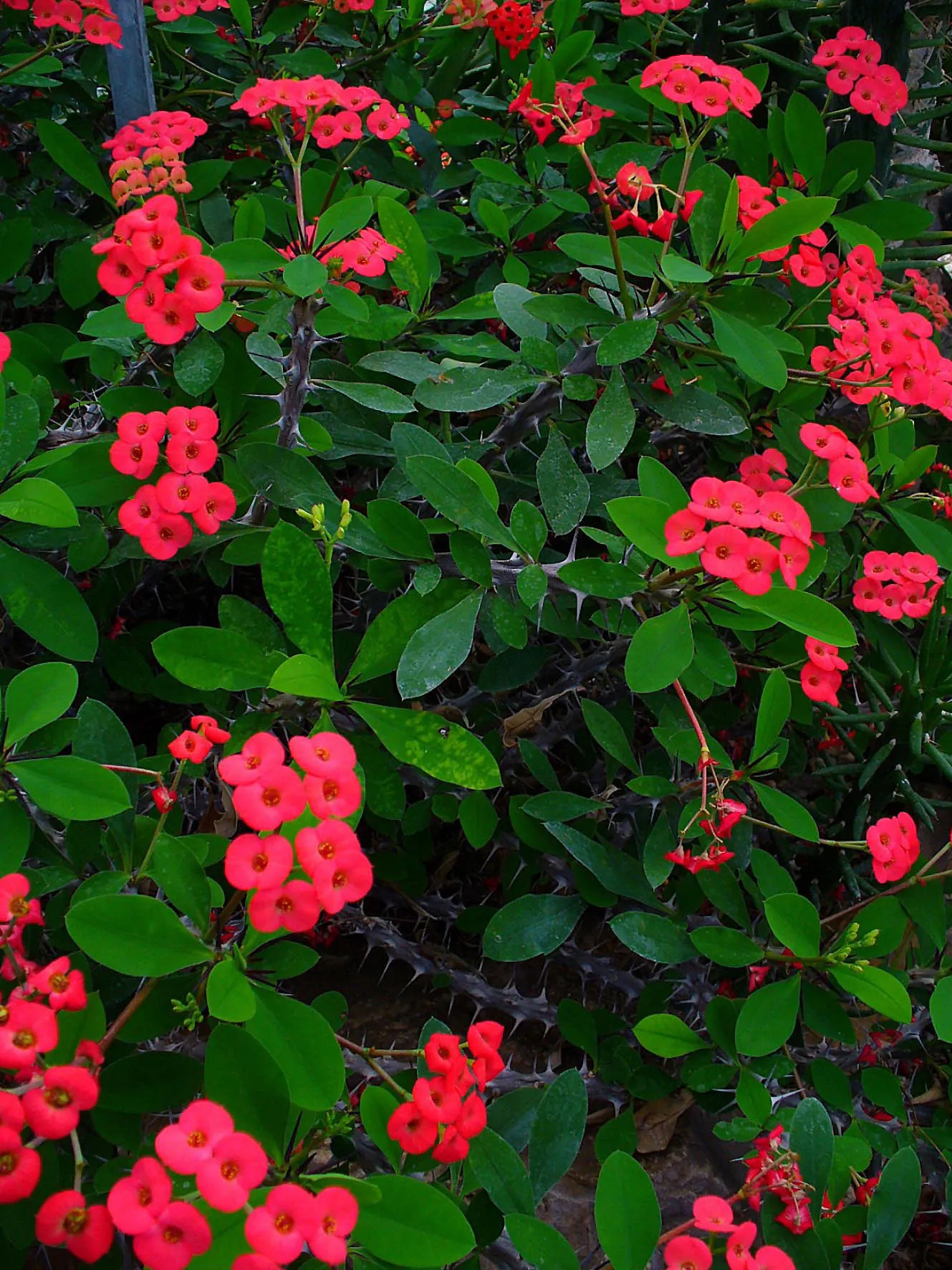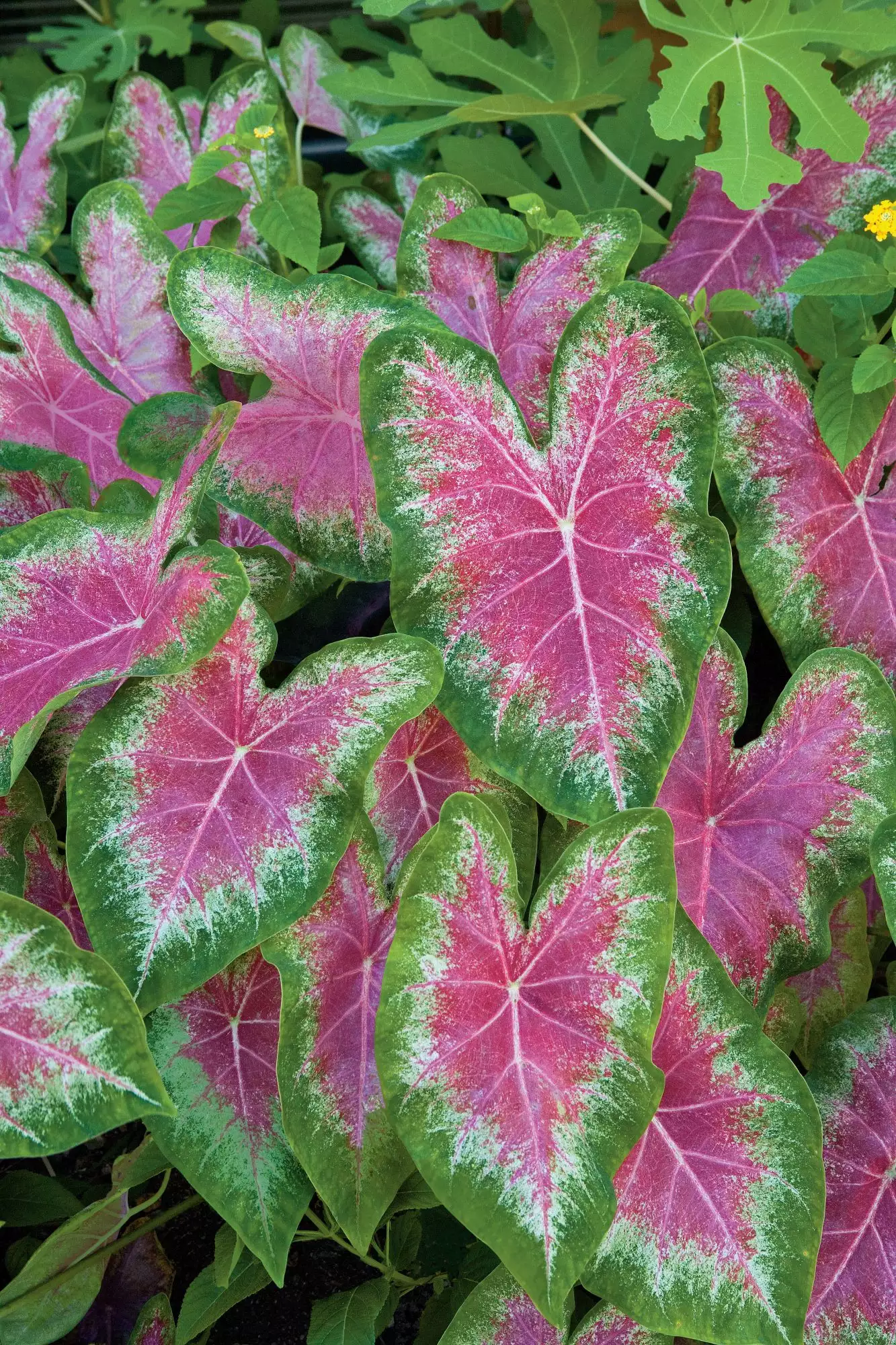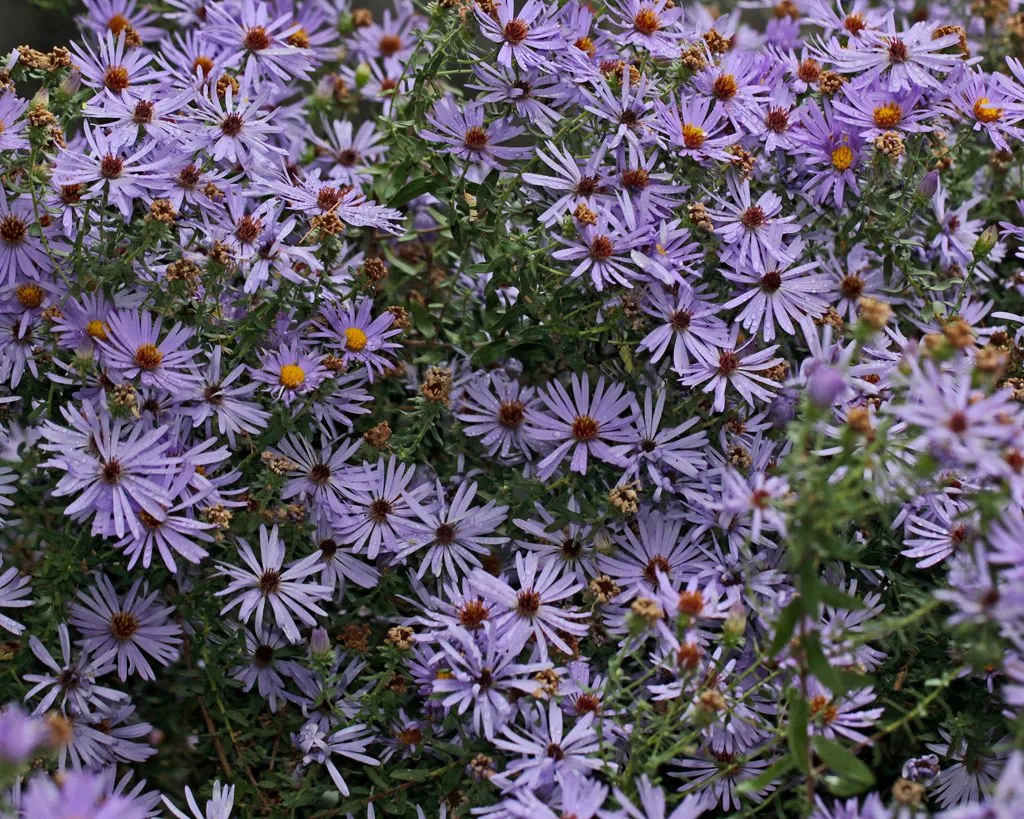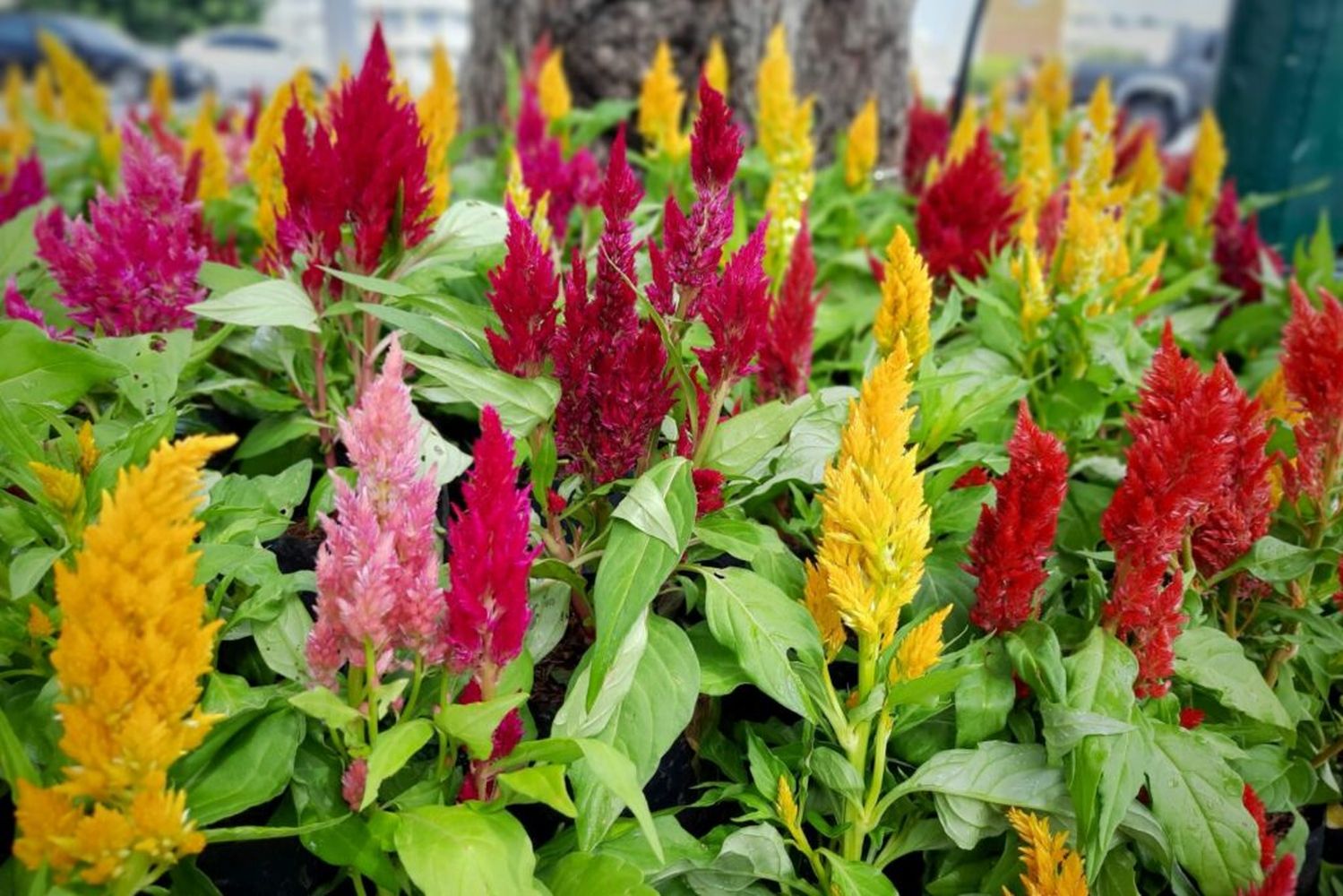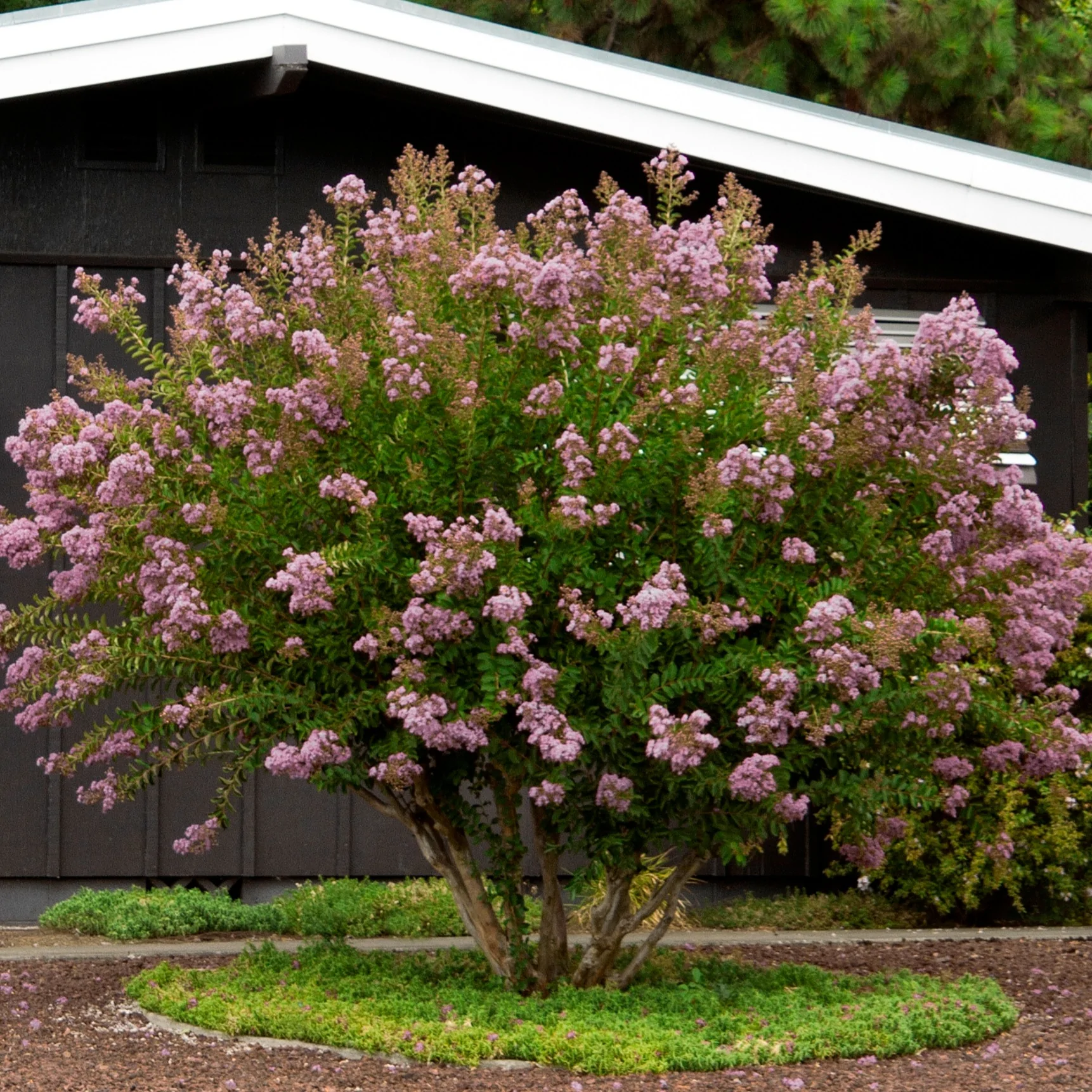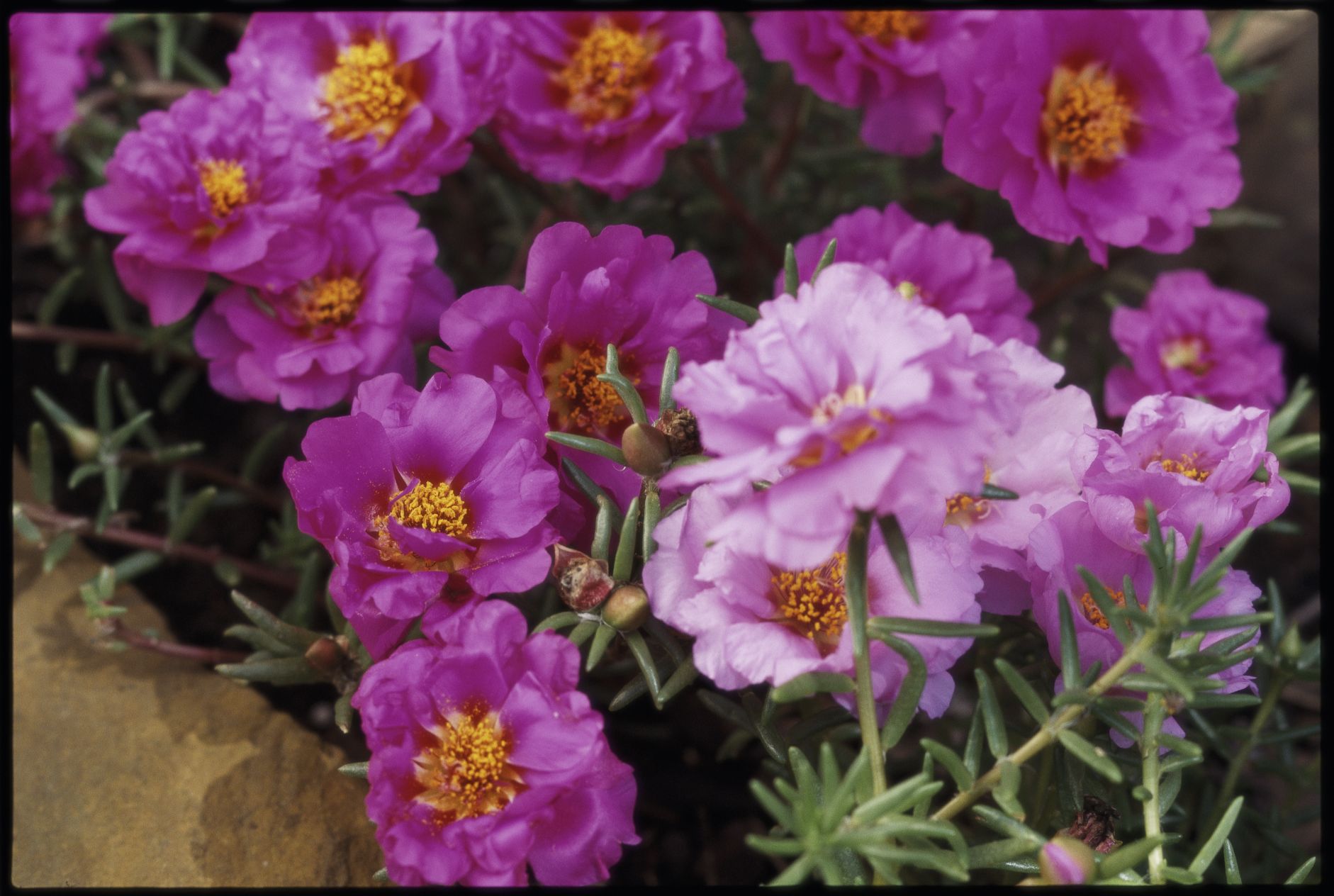Not every corner of your garden has similar characteristics. One corner may receive more sun and heat than other corners. This sunny spot in your garden can be challenging to landscape because not all plants can thrive on this spot. Therefore, you need plants that like full sun and heat for this spot.
The number of heat-tolerant plants is quite plentiful. Some of these plants are even drought tolerant so you don’t need to water them too often. And another good thing about these plants is that they have gorgeous flowers or foliage.
11 Garden Plants That Like Full Sun and Heat
Below are eleven heat tolerant plants that can make your garden look gorgeous. You can grow most of these sun-loving plants in containers and garden beds.
1. Lantana
Lantana camara or lantanas are a tropical flowering plant. They are perennial plants that like full sun and heat. Lantanas have beautiful blooms in multiple colors, such as orange, yellow, and pink.
These flowering plants can grow up to 6 feet tall if they live in the right conditions. Lantanas do well in USDA hardiness zones 6 to 11. They prefer to grow in slightly acidic and well-draining soil. They also love a deep soaking once a week.
2. Marigold
Marigolds (Tagetes spp.) are annual flowers that like full sun and heat. Marigold flowers are gorgeous with carnation-like heads in orange or yellow color. The plants bloom in the summer until late fall. They are hardy in USDA hardiness zones 2 to 11.
Marigold plants grow between 1 and 4 feet, depending on the species. They prefer to grow in well-drained and fertile soil. These plants also prefer moist to dry soil. You must allow the soil to dry before watering marigolds thoroughly at the root zone.
3. Cosmos
Cosmos bipinnatus or cosmos plants are one of the best plants that like full sun and heat. They are not only sun tolerant, but also easy to grow. Cosmos plants can bloom even when they grow in less ideal soil. Rich soil will make their stems floppy and weak instead.
Anothergreat thing about cosmos plants is that they have beautiful blooms available in several vibrant colors, such as pink, white, and orange. The bloom is daisy-like and sits at the top of single steam. In addition, the cosmos plants are very drought-tolerant.
Also read: Red Sister Plant
4. Yarrow
Yarrow plants are another plant that is sun-tolerant and drought-tolerant. These perennial plants are hardy in USDA hardiness zones 3 to 9. Growing them in the right conditions will allow them to thrive and bloom.
Matured yarrow plants generally reach the size of 2 to 3 feet tall. To help these plants grow maximally, you must plant them in dry, well-drained soil. Yarrow plants can grow well even in poor soil. However, you must ensure the plants get 0,5 inches of water per week.
5. Echinacea
Echinacea or coneflower is one of the most popular garden plants that like full sun and heat. People love to grow them in their summer garden for various reasons. One of them is that echinacea plants require minimum maintenance.
In addition, the coneflowers have vibrant and attractive colors. They also offer medical benefits. Echinacea plants do well in well-drained soil. You must water the plants when the soil is dry to your touch. Echinacea plants do well in USDA hardiness zone 3 to 8.
6. Euphorbia Milii
Euphorbia milii is a unique tropical plant. It has thorny cactus-like branches, bright-green leaves, and bright flowers that bloom in clusters. This plant loves to grow in a bright sunny spot and well-drained soil. Euphorbia milii will bloom all year round when it gets enough sun.
However, this tropical flowering plant is sensitive to frost. Therefore, you should grow it in a container if you live in a subtropical region.
You must grow a potted euphorbia indoors in late fall to early spring to protect it from the cold. Euphorbia milii doesn’t need a lot of water. The plant prefers dry soil so you only need to water it occasionally.
Also read: Sansevieria Moonshine
7. Heart to Heart Caladium
Heart to heart caladium is a beautiful tropical plant. It has unusual foliage colors, i.e., a combination of green, pink, and white. Caladium will thrive in both full sun and shade. However, you must keep the soil moist if you grow caladium in full sun.
8. Fall Aster
Fall aster plants are native to North America. These plants will thrive in well-drained soil located in a sunny spot. Proper care will allow them to bloom beautifully in the late summer until fall.
Their blooms come in several colors, including lilac blue, white, and pink. Fall aster plants are hardy in USDA hardiness zones 3 to 8.
9. Celosia Plant
Celosia plants are exotic plants that like full sun and heat. These plants will bloom maximally if you plant them in full sun. Celosia flowers have a unique shape. They are available in bright colors, e.g., yellow and red.
These plants prefer rich, well-drained soil. In addition, they prefer moist soil so you must water the celosia plants often. They grow best in USDA hardiness zones 7 to 11.
Also read: Ficus Elastica Tineke
10. Crape Myrtle
Lagerstroemia indica or crape myrtle plant can grow tall resembling a small tree. They offer beautiful pink or purple flowers that bloom in clusters.
Crape myrtle plants do well in USDA hardiness zone 7 to 9. They are drought-tolerant, don’t need much fertilizer, and prefer well-drained soil.
11. Moss Rose
Moss rose plants are flowering succulent plants that like full sun and heat. They can grow up to 8 inches tall and 12 inches wide. Therefore, you can grow them in flower beds and containers.
Moss rose plants have small colorful flowers. The plants prefer neutral and well-drained soil. Moreover, they can tolerate lean soil and do not need frequent watering. They are hardy in USDA hardiness zones 2 to 11
Most of the 11 plants that like full sun and heat above are easy to take care of. Therefore, you don’t need to spend much time fertilizing their planting media and watering the plants. However, some of those plants prefer moist soil. Consequently, you need to apply a layer of mulch around them.
